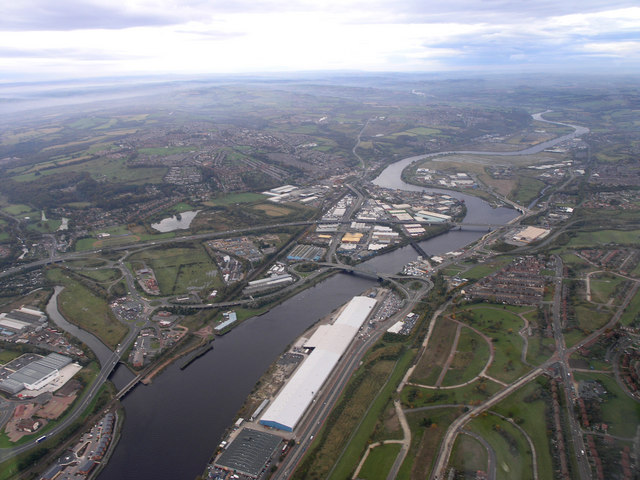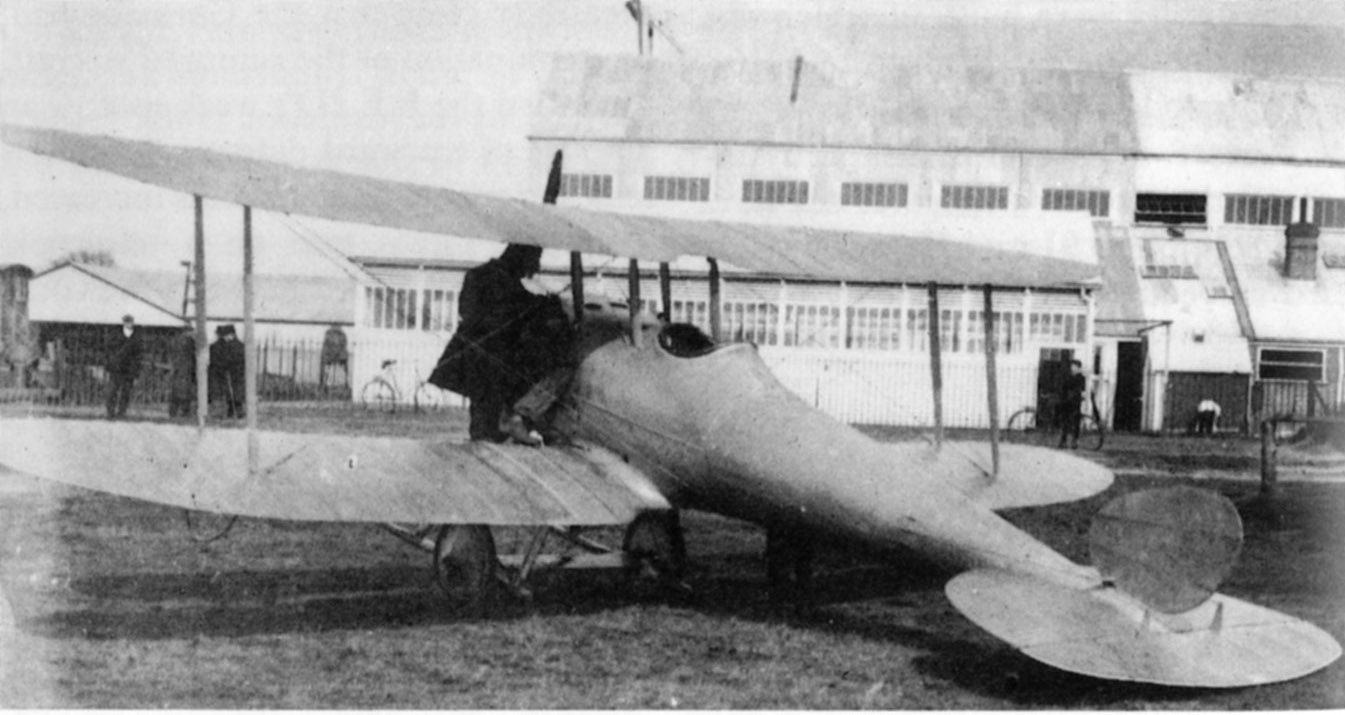|
Swiatecki Bomb Slip
Swiatecki bomb slip - was slip bomb device of Polish people, Polish inventor Władysław Świątecki (inventor), Władysław Świątecki used in many allied bombers during World War II. History Świątecki designed a bomb-release system in 1923. His invention was patented in 1926 in Poland and abroad. The first use was planned for the PZL.23 Karaś, Karaś P.23 light bomber and for PZL.37 Łoś, Łoś bomber but not used. From 1930 the inventor produced the "Swiatecki bomb slip" in own branch in Lublin. First use of his invention took place in 1925 when the Polish Navy mounted it in imported aircraft - CANT Z.506B. Świątecki sold licences from 1937 to France - Gardy, and Italy - Caproni. After the Invasion of Poland (1939), Invasion of Poland in 1939 Świątecki evacuated to Hungary and via Yugoslavia and Italy to France (Paris) where he worked as engineer in military industry. Then, when battle of France, France collapsed in June 1940, he escaped again, with his family, travelli ... [...More Info...] [...Related Items...] OR: [Wikipedia] [Google] [Baidu] |
Avro Lancaster
The Avro Lancaster is a British Second World War heavy bomber. It was designed and manufactured by Avro as a contemporary of the Handley Page Halifax, both bombers having been developed to the same specification, as well as the Short Stirling, all three aircraft being four-engined heavy bombers adopted by the Royal Air Force (RAF) during the same wartime era. The Lancaster has its origins in the twin-engine Avro Manchester which had been developed during the late 1930s in response to the Air Ministry Specification P.13/36 for a medium bomber for "world-wide use" which could carry a torpedo internally, and make shallow dive-bombing attacks. Originally developed as an evolution of the Manchester (which had proved troublesome in service and was retired in 1942), the Lancaster was designed by Roy Chadwick and powered by four Rolls-Royce Merlins and in one of the versions, Bristol Hercules engines. It first saw service with RAF Bomber Command in 1942 and as the strategic bom ... [...More Info...] [...Related Items...] OR: [Wikipedia] [Google] [Baidu] |
Vickers Armstrongs
Vickers-Armstrongs Limited was a British engineering conglomerate formed by the merger of the assets of Vickers Limited and Sir W G Armstrong Whitworth & Company in 1927. The majority of the company was nationalised in the 1960s and 1970s, with the remainder being divested as Vickers plc in 1977. History Vickers merged with the Tyneside-based engineering company Armstrong Whitworth, founded by William Armstrong, to become Vickers-Armstrongs. Armstrong Whitworth and Vickers had developed along similar lines, expanding into various military sectors and produced a whole suite of military products. Armstrong Whitworth were notable for their artillery manufacture at Elswick and shipbuilding at a yard at High Walker on the River Tyne. 1929 saw the merger of the acquired railway business with those of Cammell Laird to form Metropolitan Cammell Carriage and Wagon (MCCW); Metro Cammell. In 1935, before rearmament began, Vickers-Armstrongs was the third-largest manufacturing employ ... [...More Info...] [...Related Items...] OR: [Wikipedia] [Google] [Baidu] |
Farnborough, Hampshire
Farnborough is a town in northeast Hampshire, England, part of the borough of Rushmoor and the Farnborough/Aldershot Built-up Area. Farnborough was founded in Anglo-Saxons, Saxon times and is mentioned in the Domesday Book of 1086. The name is formed from ''Ferneberga'' which means "fern hill". According to the UK-wide 2011 Census, the population of Farnborough is 57,486. The town is probably best known for its association with aviation, with the Farnborough Airshow, Farnborough Airport, Royal Aircraft Establishment, and the Air Accidents Investigation Branch. History Farnborough is mentioned in the Domesday Book as part of the settlement of Crondall. Over the centuries, it was known as ''Ferneberga'' (11th century); ''Farnburghe'', ''Farenberg'' (13th century); ''Farnborowe'', ''Fremborough'', and ''Farneborough'' (16th century). Tower Hill Tower Hill, Cove: There is substantial evidence that many years ago a large accumulation of Sarsen stones existed upon what later came t ... [...More Info...] [...Related Items...] OR: [Wikipedia] [Google] [Baidu] |
Royal Aircraft Establishment
The Royal Aircraft Establishment (RAE) was a British research establishment, known by several different names during its history, that eventually came under the aegis of the Ministry of Defence (United Kingdom), UK Ministry of Defence (MoD), before finally losing its identity in mergers with other institutions. The first site was at Farnborough Airfield ("RAE Farnborough") in Hampshire to which was added a second site RAE Bedford (Bedfordshire) in 1946. In 1988 it was renamed the Royal Aerospace Establishment (RAE) before merging with other research entities to become part of the new Defence Research Agency in 1991. History In 1904–1906 the Army Balloon Factory, which was part of the Army School of Ballooning, under the command of Colonel James Templer (balloon aviator), James Templer, relocated from Aldershot to the edge of Farnborough Common in order to have enough space to inflate the new "dirigible balloon" or airship which was then under construction.Walker, P; Early Avi ... [...More Info...] [...Related Items...] OR: [Wikipedia] [Google] [Baidu] |
Royal Commission On Awards To Inventors
{{UK-law-stub ...
A Royal Commission on Awards to Inventors is a periodic Royal Commission of the United Kingdom used to hear patent disputes. On 6 October 1919 a Royal Commission on Awards to Inventors was convened to hear 11 claims for the invention of the tank; one of the eleven "claimants" was a team of two (thus there were 12 individuals involved). A Royal Commission on Awards to Inventors was established in 1946 to hear claims of inventors who "allege that their inventions, drawings or processes have been used by Government Departments and Allied Governments during the War". References External links "Awards to inventors - use of inventions and designs by government departments" Inventors An invention is a unique or novel device, method, composition, idea or process. An invention may be an improvement upon a machine, product, or process for increasing efficiency or lowering cost. It may also be an entirely new concept. If an ... [...More Info...] [...Related Items...] OR: [Wikipedia] [Google] [Baidu] |
Slip Device
Slip or SLIP may refer to: Science and technology Biology * Slip (fish), also known as Black Sole * Slip (horticulture), a small cutting of a plant as a specimen or for grafting * Muscle slip, a branching of a muscle, in anatomy Computing and telecommunications * SLIP (programming language), (Symmetric LIst Processing language) * Slip (telecommunication), a positional displacement in a sequence of transmitted symbols * Serial Line Internet Protocol, a mostly obsolete encapsulation of the Internet Protocol Earth science * Silicic-dominated Large Igneous Province (SLIP), a geological feature consisting of a large area of igneous rocks of a certain type * Slip, the relative movement of geological features present on either side of a fault plane * Land slip or landslide, commonly called a slip in New Zealand Materials * Slip (ceramics), an aqueous suspension of minerals * Slip (materials science), the process by which a dislocation motion produces plastic deformation Mechanical ... [...More Info...] [...Related Items...] OR: [Wikipedia] [Google] [Baidu] |
Project Ruby
A project is any undertaking, carried out individually or collaboratively and possibly involving research or design, that is carefully planned to achieve a particular goal. An alternative view sees a project managerially as a sequence of events: a "set of interrelated tasks to be executed over a fixed period and within certain cost and other limitations". A project may be a temporary (rather than a permanent) social system (work system), possibly staffed by teams (within or across organizations) to accomplish particular tasks under time constraints. A project may form a part of wider programme management or function as an ''ad hoc'' system. Note that open-source software "projects" or artists' musical "projects" (for example) may lack defined team-membership, precise planning and/or time-limited durations. Overview The word ''project'' comes from the Latin word ''projectum'' from the Latin verb ''proicere'', "before an action," which in turn comes from ''pro-'', which de ... [...More Info...] [...Related Items...] OR: [Wikipedia] [Google] [Baidu] |
Project Harken
A project is any undertaking, carried out individually or collaboratively and possibly involving research or design, that is carefully planned to achieve a particular goal. An alternative view sees a project managerially as a sequence of events: a "set of interrelated tasks to be executed over a fixed period and within certain cost and other limitations". A project may be a temporary (rather than a permanent) social system (work system), possibly staffed by teams (within or across organizations) to accomplish particular tasks under time constraints. A project may form a part of wider programme management or function as an ''ad hoc'' system. Note that open-source software "projects" or artists' musical "projects" (for example) may lack defined team-membership, precise planning and/or time-limited durations. Overview The word ''project'' comes from the Latin word ''projectum'' from the Latin verb ''proicere'', "before an action," which in turn comes from ''pro-'', which de ... [...More Info...] [...Related Items...] OR: [Wikipedia] [Google] [Baidu] |
Atomic Bomb
A nuclear weapon is an explosive device that derives its destructive force from nuclear reactions, either fission (fission bomb) or a combination of fission and fusion reactions (thermonuclear bomb), producing a nuclear explosion. Both bomb types release large quantities of energy from relatively small amounts of matter. The first test of a fission ("atomic") bomb released an amount of energy approximately equal to . The first thermonuclear ("hydrogen") bomb test released energy approximately equal to . Nuclear bombs have had yields between 10 tons TNT (the W54) and 50 megatons for the Tsar Bomba (see TNT equivalent). A thermonuclear weapon weighing as little as can release energy equal to more than . A nuclear device no larger than a conventional bomb can devastate an entire city by blast, fire, and radiation. Since they are weapons of mass destruction, the proliferation of nuclear weapons is a focus of international relations policy. Nuclear weapons have been deployed ... [...More Info...] [...Related Items...] OR: [Wikipedia] [Google] [Baidu] |
D-9 Carrier
D9, D09, D.IX, D IX, D.9 or D-9 may refer to: Transport and vehicles * Albatros D.IX, a 1918 German prototype single-seat fighter * Bavarian D IX, an 1888 German steam locomotive model * Bottineau Municipal Airport, FAA LID D09, a public airport in North Dakota, United States * Caterpillar D9, a 1954 large bulldozer/track-type tractor ** IDF Caterpillar D9, an armored bulldozer * Donavia, IATA code D9, a former subsidiary of Aeroflot * D9 road (Croatia), a state road in Croatia * HMS D9, a 1912 British E class submarine * HMS ''Imperial'' (D09), a 1936 British Royal Navy I-class destroyer * HMS ''Trumpeter'' (D09), a 1942 British Royal Navy escort aircraft carrier * Jodel D9, a 1948 French single-seat ultralight monoplane Other uses * ATC code D09, ''Medicated dressings'', a classification for medical products * D-9 (video), a video format also known as Digital-S * D9-brane, a class of objects in string theory * D-IX, a Nazi performance-enhancing drug * ''District 9'', a 200 ... [...More Info...] [...Related Items...] OR: [Wikipedia] [Google] [Baidu] |
T-12 Bomb
The T-12 (also known as Cloudmaker) earthquake bomb was developed by the United States from 1944 to 1948 and deployed until the withdrawal of the Convair B-36 Peacemaker bomber aircraft in 1958. It was one of a small class of bombs designed to attack targets invulnerable to conventional "soft" bombs, such as bunkers and viaducts. It achieved this by having an extremely thick, hardened nose section designed to penetrate deeply into hardened concrete structures and then detonate inside the target after a short time delay. Development The T-12 was a further development of the concept initiated with the United Kingdom's Tallboy and Grand Slam weapons developed by British aeronautical engineer Barnes Wallis during the Second World War: a hardened, highly aerodynamic bomb of the greatest possible weight designed to be dropped from the highest possible altitude. Penetrating deeply in the earth before exploding, the resulting shock wave was transmitted through the earth into targets ... [...More Info...] [...Related Items...] OR: [Wikipedia] [Google] [Baidu] |




